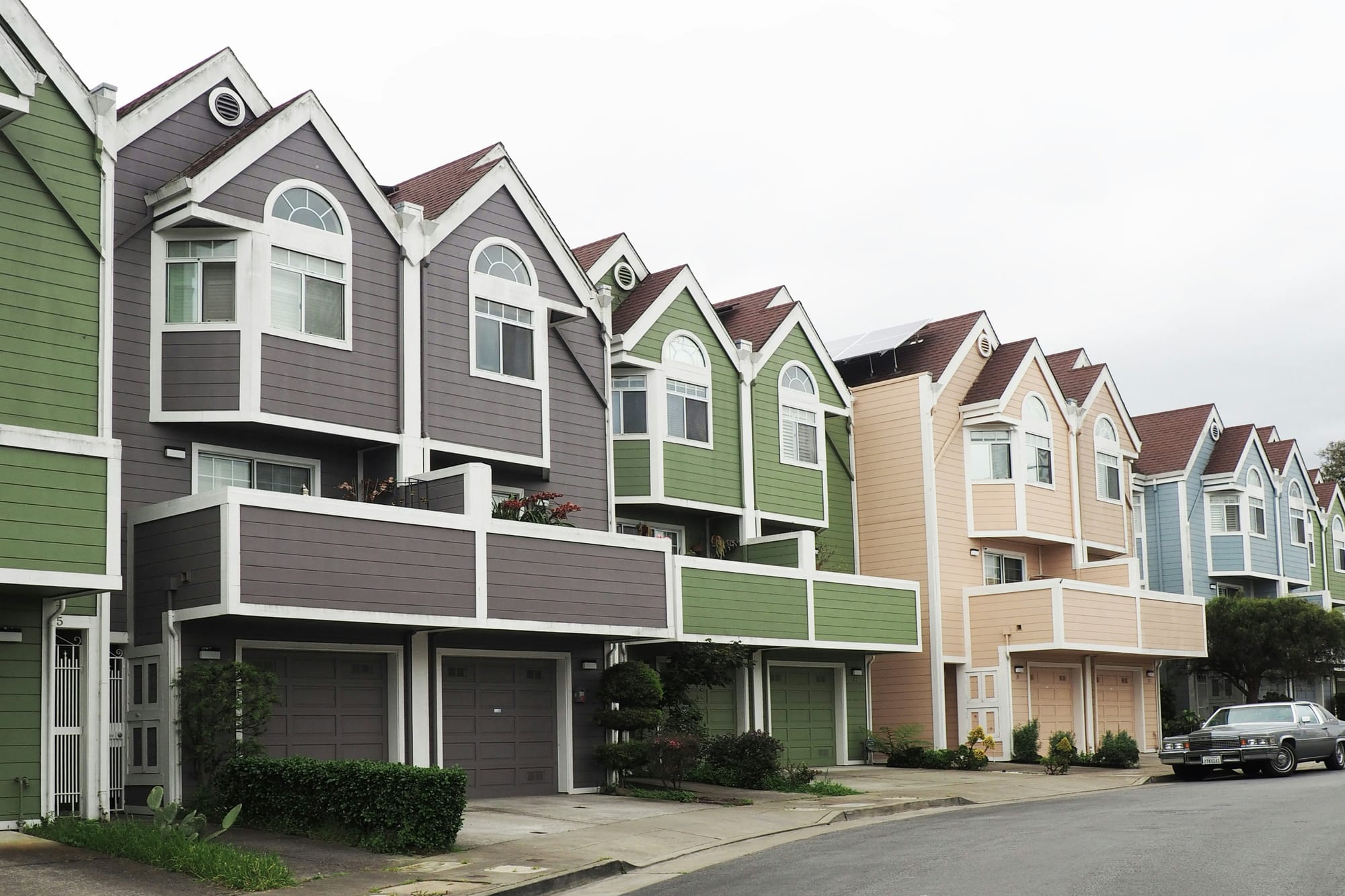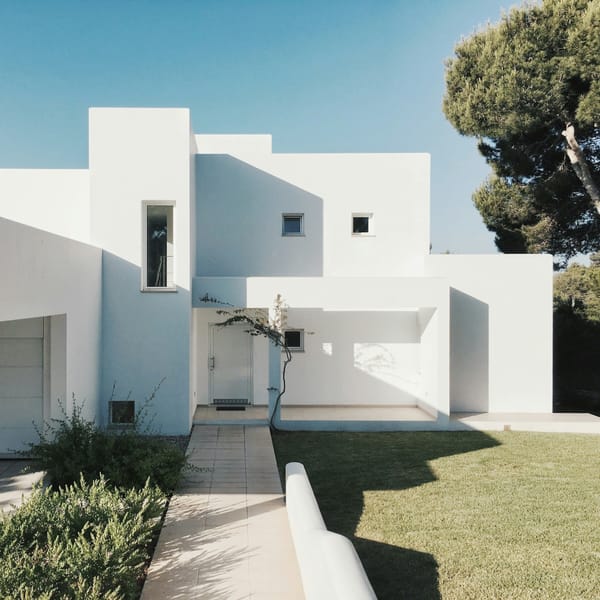Understanding Architectural Change Requests in Homeowners Associations

When living in a community managed by a Homeowners Association (HOA), making modifications to your home often requires prior approval to ensure that changes adhere to community standards and regulations. This process is managed through what is known as an Architectural Change Request (ACR). ACRs are essential for maintaining the aesthetic and structural integrity of the community.
How Can HOA Boards Manage Architectural Change Requests?
HOA boards have several options to manage the ACR process, each varying in efficiency and modernity. Here are three common methods:
1. Paper-Based Forms
The traditional approach involves the use of paper-based forms, typically PDFs, that residents need to fill out and submit, usually via email or in person. This method is straightforward but can be slow and cumbersome, requiring manual tracking and storage.
2. Online Forms
A more modern approach is to utilize free online form tools, such as Google Forms. Residents can submit their requests digitally, which streamlines the submission process. However, this method might still lack features for efficient review and tracking by the HOA board.
3. Specialized Online Tools
For a comprehensive solution, specialized online tools designed for HOAs offer a streamlined, end-to-end ACR process. These platforms provide custom forms, enable board review, facilitate notes and communications between residents and the board, and record final decisions. This method is highly efficient, reduces paperwork, and simplifies communication.
Clubhaus.io: A Comprehensive Tool for Architectural Change Requests
One standout platform offering an advanced solution for managing ACRs is Clubhaus.io. Designed specifically for HOAs, Clubhaus.io provides a seamless online interface where:
- Customizable Forms: Residents can fill out tailored ACR forms that meet specific community standards.
- Board Review System: The platform allows HOA boards to review submissions easily, add notes, and communicate directly with residents.
- Tracking and Decision Making: Every step of the request, from submission to final decision, is tracked and documented within the platform, ensuring transparency and clarity for all parties involved.
Clubhaus.io not only enhances the efficiency of the ACR process but also significantly improves the experience for both residents and the HOA board by integrating all necessary tools into one easy-to-use platform.
Conclusion
Choosing the right method to manage Architectural Change Requests can significantly impact the operational efficiency of an HOA and the satisfaction of its residents. While traditional methods have their place, innovative platforms like Clubhaus.io are transforming how HOAs interact with their members, offering streamlined, transparent, and effective solutions.
For more information on how Clubhaus.io can revolutionize your HOA's Architectural Change Request process, visit Clubhaus.io.

